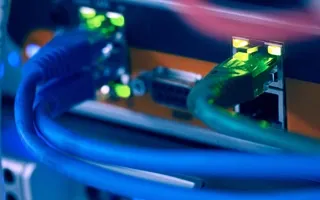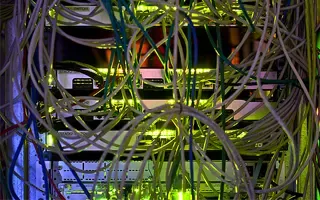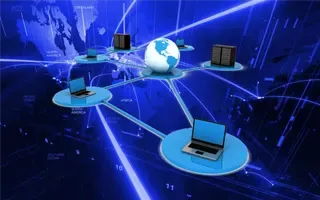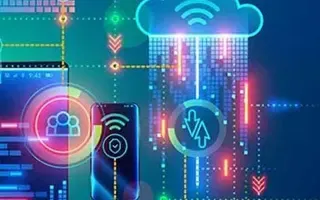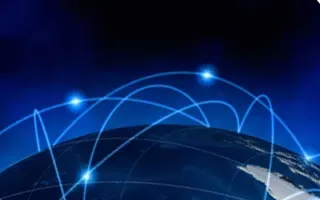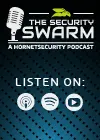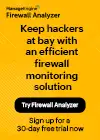Network Fundamentals: Top Picks
Network Fundamentals
Media Access Control - MAC Addresses
A MAC address, or Media Access Control address, is a unique identifier assigned to a network interface controller (NIC) for use as a network addres…
Network Fundamentals
Network Broadcast
The term "Broadcast" is used very frequently in the networking world . You will see it in most networking books and articles, or see it happening on…
Network Fundamentals
Securing Your Home Network
In today's world, securing your home network is more important than ever. With the increasing number of cyberattacks, data breaches, and online fraud…
Network Fundamentals
Need for Speed – The Data Tsunami & Advancements…
A long-long time ago (not long ago in earth time) 100 Mbps was THE technology. 100 Mbps uplinks bundled with ether-channel was the ultimate uplink te…
Featured Subcategories:
Netflow Articles:
Netflow
Netflow: Monitor Bandwidth & Network Utilization…
Monitoring network traffic & bandwidth usage via Netflow is mandatory for any type and size network. Gaining visibility into user traffic, applic…
Netflow
Complete Guide to Netflow: How Netflow & its Comp…
This article will cover the basics of Netflow, including its use cases, Netflow supported devices, Netflow history, and variants. We’ll also dive int…
Netflow
NetFlow Analyzer: Free Download, Step-by-Step Ins…
In our previous article we explained how a Netflow Analyzer can help you gain visibility into your user traffic, application traffic and data flows w…
Netflow
Netflow vs SNMP. Two Different Approaches to Netw…
SNMP (Simple Network Management Protocol) and Netflow are both popular protocols with admins, prized for their ability to give visibility over the ne…
Network Protocols:
Supernetting & CIDR
Supernetting In-Depth Analysis - Learn to Identif…
Our previous article served as an introduction to Supernetting, also known as Route Summarization. We covered the concept of Supernetting, how it wor…
Domain Name System (DNS)
The DNS Protocol - Part 1: Introduction
If you ever wondered where DNS came from, this is your chance to find out ! The quick summary on DNS's history will also help you understand why DNS…
TCP - UDP Protocol Analysis
TCP Header Anaylsis - Section 7: TCP Data Payload…
Finally, the last page of our incredible TCP Analysis. As most of you would expect, this section is dedicated to the DATA section that follows the TC…
TCP - UDP Protocol Analysis
TCP Header Anaylsis - Section 2: TCP Sequence & A…
This page will closely examine the Sequence and Acknowledgement numbers. The very purpose of their existence is related directly to the fact that the…
TCP - UDP Protocol Analysis
TCP Header Anaylsis - Section 3: TCP Header Lengt…
The third field under close examination is the TCP Header length. There really isn't that much to say about the Header length other than to explain w…
Domain Name System (DNS)
The DNS Protocol - Part 2: DNS Queries & Resoluti…
This section will help you understand how the DNS queries work on the Internet and your home network. There are two ways to use the domain name syste…
Domain Name System (DNS)
The DNS Protocol - Part 4: DNS Response Message F…
The previous article covered the DNS Query message formats. In the article we analysed them in great detail and showed how various options are select…
Subnetting
IP Subnetting - Part 5: Subnetting Guidelines
There is always that day when you are called upon to provide a solution to a network problem. The number of problems that can occur in a network are…
STP/ICMP Protocols:
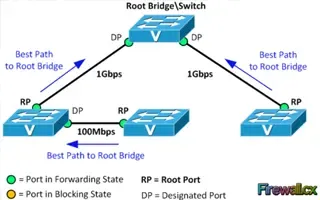
Spanning Tree Protocol (STP)
Spanning Tree Protocol – Part 2: Rapid STP Port C…
Spanning Tree Protocol, Rapid STP port costs and port states are an essential part of the STP algorithm that affect how STP decides to forward or blo…
ICMP Protocol
ICMP Protocol - Part 2: Echo / Echo Reply (Ping)…
As mentioned in the previous page, an Echo is simply what we networking engineers call a 'ping'. The Echo Reply is, as most would guess, the 'p…
ICMP Protocol
ICMP Protocol - Part 1: Introduction
The Internet Control Message Protocol (ICMP), is a very popular protocol and actually part of an Internet Protocol (IP) implementation. Because IP wa…
ICMP Protocol
ICMP Protocol - Part 4: Destination Unreachable M…
The 'ICMP Destination unreachable' message is quite interesting, because it doesn't actually contain one message, but infact six! This means that the…
Wi-Fi Key Generator
Follow Firewall.cx
Cisco Password Crack
Decrypt Cisco Type-7 Passwords on the fly!

VLAN Networks
VTP Pruning
VTP (VLAN Trunking Protocol) pruning is a feature that is used in Cisco switches to reduce unnecessary traffic in VLAN (Virtual Local Area Network) trunks…

VLAN Networks
VLAN InterSwitch Link (ISL) Protocol Analysis
Deciding whether to use ISL or IEEE 802.1q to power your trunk links can be quite confusing if you cannot identify the advantages and disadvantages of eac…
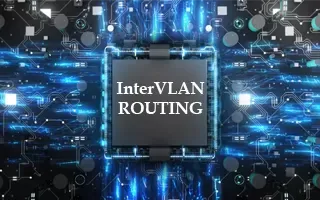
VLAN Networks
InterVLAN Routing - Routing between VLAN Networks
This article deals with the popular topic of InterVLAN routing, which is used to allow routing & communication between VLAN networks. Our article anal…
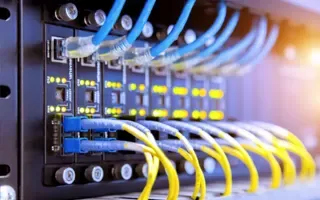
VLAN Networks
VLANs - Access & Trunk Links
If you've read our previous article The VLAN Concept - Introduction to VLANs then you should feel comfortable with terms such as 'VLAN', 'Stati…
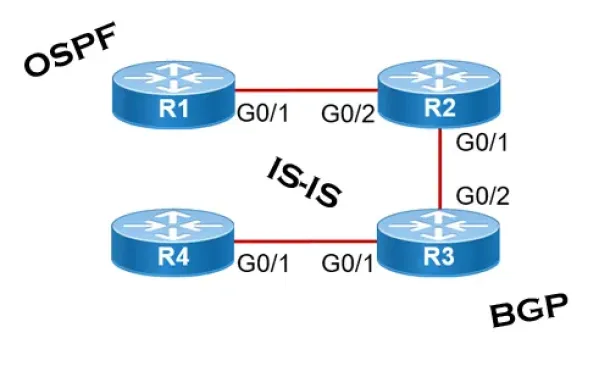
Routing
Link State Routing Protocols
Link State routing protocols do not view networks in terms of adjacent routers and hop counts, but they build a comprehensive view of the overall network…
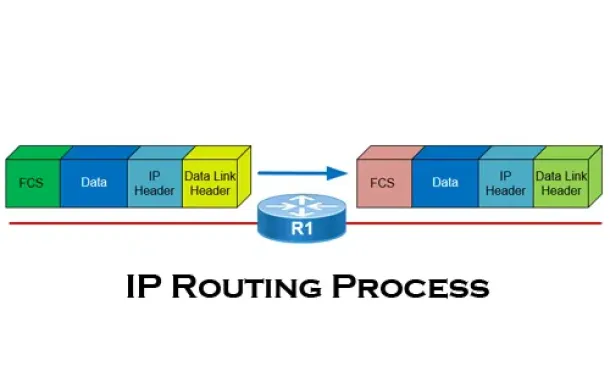
Routing
The IP Routing Process - Step-by-Step Analysis
We are going to analyse what happens when routing occurs on a network (IP routing process). When I was new to the networking area, I thought that all you…
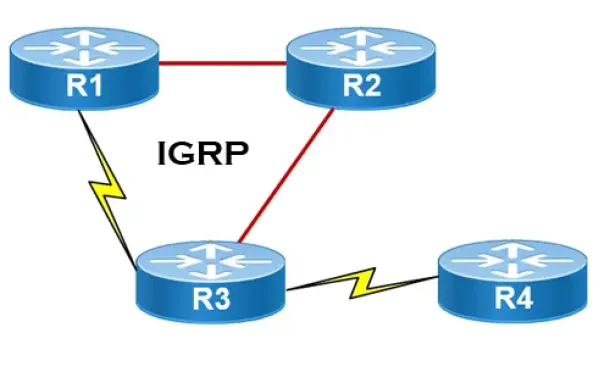
Routing
Interior Gateway Protocol - IGRP
IGRP (Interior Gateway Routing Protocol) is a Cisco proprietary distance-vector routing protocol used in enterprise networks to exchange routing informati…

Routing
OSPF - Part 6: OSPF LSA Types - Purpose and Function o…
Our previous article explained the purpose of Link State Update (LSU) packets and examined the Link State Advertisement (LSA) information contained within…
Network Address Translation - NAT
Dynamic NAT - Part 1
Dynamic NAT is the second NAT mode we're going to talk about. Dynamic NAT, like Static NAT, is not that common in smaller networks but you'll find it used…
Network Address Translation - NAT
Network Address Translation (NAT) Overload - Part 2
In our previous article, Network Address Translation (NAT) Overload - Part 1, we explained what NAT Overload is and how it works. This page deals with the…
Network Address Translation - NAT
Dynamic NAT - Part 2
Our previous article, Dynamic NAT - Part 1, covered the basic idea of Dynamic Network Address Translation. We are now going to take a closer look at the p…
Network Address Translation - NAT
Network Address Translation (NAT) Concepts
Before we dive into the deep waters of NAT, we need to make sure we understand exactly what NAT does. So let me give you the background of NAT, why it's h…







